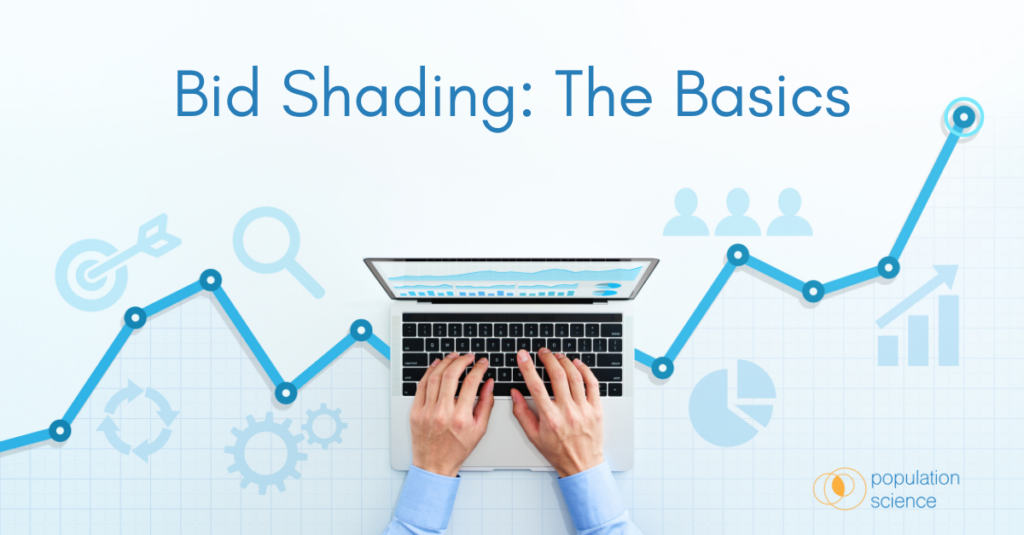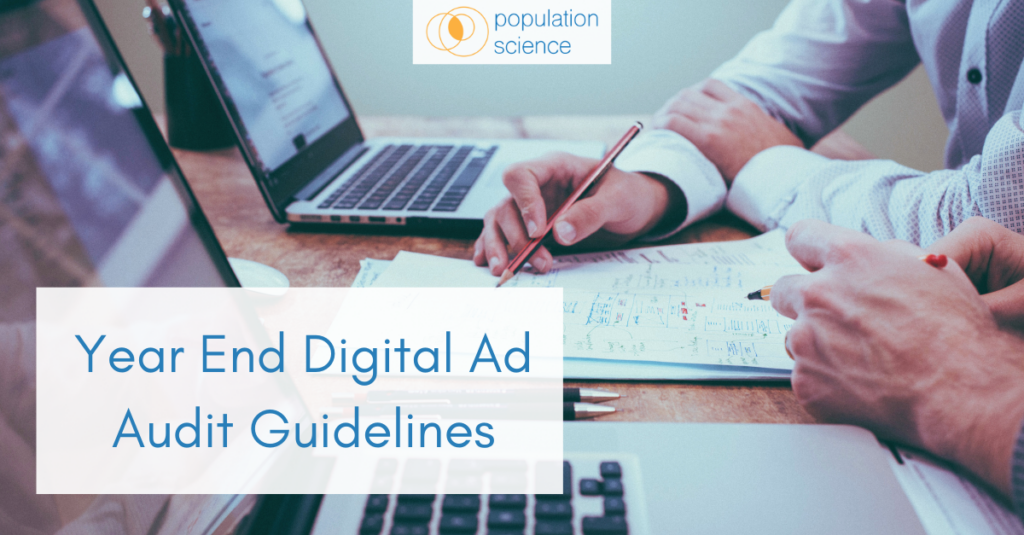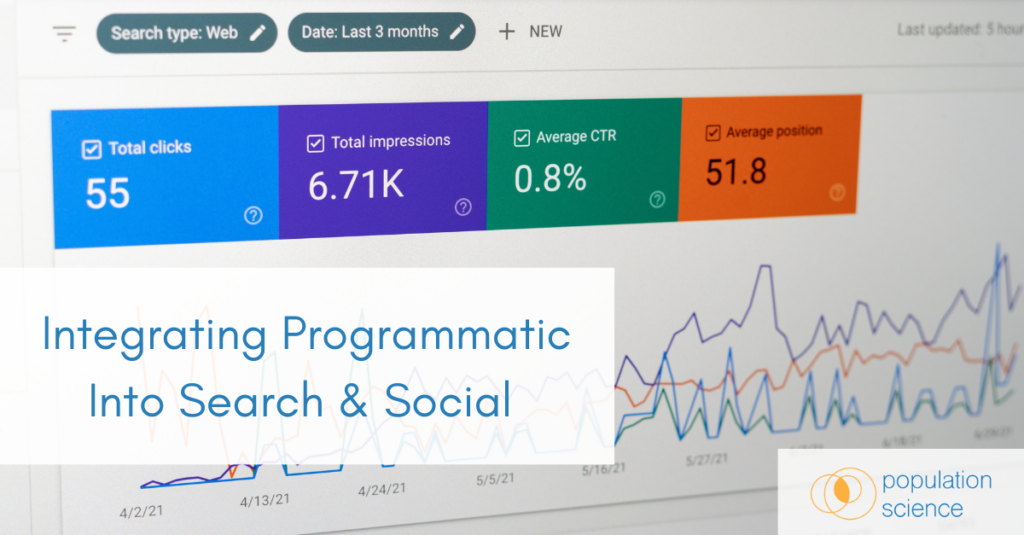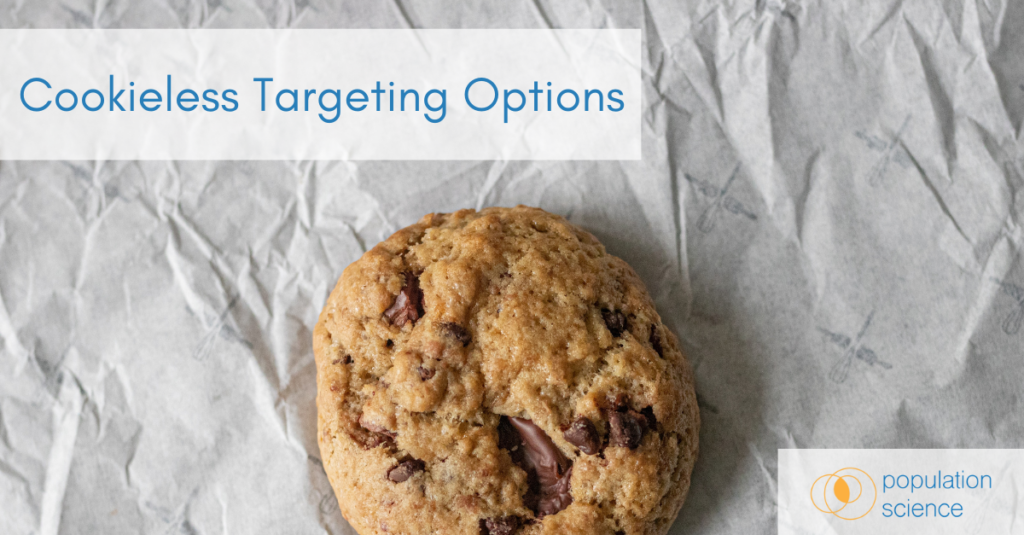
Bid Shading: The Basics
Bid shading is a technique used in programmatic advertising, specifically in real-time bidding (RTB) auctions, to ...

So What is Programmatic, Really?
If you do a search on the definition of programmatic you will get a lot of different answers. If you ask someone ...

Programmatic Terms To Know: Bidstream
The bidstream, also known as bid requests or bid opportunities, is a fundamental component of programmatic ...

Signal Loss in Programmatic Advertising
Signal loss in programmatic advertising refers to the loss or degradation of data and information as it passes ...

Don’t have Programmatic in your 2024 Plan? Here’s Why You Should Reconsider
Over the past five years I have had a lot of conversations with people about programmatic. I’m often surprised to ...

10 Stats to Consider When Crafting Your Digital Strategy: Email Marketing Strategy
Email is powerful marketing tool. Email marketing allows you to keep your audience in the know about new products, ...

Attributing ROI To Non-Clickable Media (CTV, DOOH, Audio)
Attributing Return on Investment (ROI) to Connected TV (CTV), Digital Out of Home (DOOH), and Streaming Audio ads ...

What Are Cohorts And Why You Should Pay Attention
In digital marketing, cohorts refer to groups of users or customers who share common characteristics, behaviors, ...

Year End Digital Ad Audit Guidelines
Before making any changes or setting new goals, take the time to review and analyze your digital marketing ...

Integrating Programmatic into Search & Social
Integrating programmatic advertising into your paid search and paid social strategy can help you create a more ...

Why you should hire a programmatic consultant
Hiring a programmatic consultant can offer several advantages for businesses and advertisers looking to navigate ...

Cookieless Targeting Options
Targeting digital ads without using cookies has become increasingly important due to privacy concerns and changes ...

Programmatic Supply Path Optimization: Why It Matters
Programmatic Supply Path Optimization (SPO) is a strategy used in digital advertising, particularly in ...

Mastering Demand Side Platform or DSP Buying: Best Practices for Success
In the world of digital advertising, Demand Side Platforms (DSPs) have emerged as indispensable tools for ...

The Benefits and Downsides of Switching from UA to GA4
GA4 (Google Analytics 4) has been released for some time now and if you use Universal Analytics, you’ve seen the ...

Setting up your Google Ads Keyword Strategy
Picking out great keywords can be challenging, but it’s an important part of an overall successful Google Search ...
Common Marketing Mistakes with Chat GPT
There is no one-size-fits-all answer to this question, as the most common mistakes made by digital marketers can ...

ChatGPT Marketing Ideas
Check out this quick list of ChatGPT Marketing Ideas you can run with today:
Customer Service: ChatGPT can be ...

Why SEO Is Important for Your Google Dynamic Search Ads
Creating keyword lists for user searches that are relevant to your business can be challenging and time-consuming. ...

Political Ad Bans: an Opportunity for Brands
If you feel like you are tired of politics, I have bad news… it’s about to be all you see and hear about on ...
Affordable Community Building Tactics
Building an audience on social media is a great way to grow your credibility (do you take anyone seriously that ...

